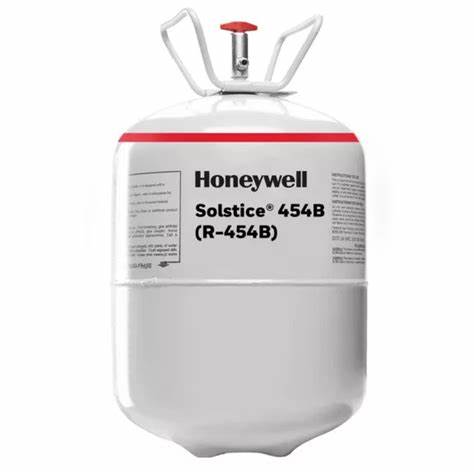In 2025, the HVAC industry faces a critical decision: continue supporting both R-32 and R-454B refrigerants or standardize on a single option. While both are A2L-classified, low-GWP refrigerants, the dual-refrigerant approach introduces complexities and costs that impact manufacturers, contractors, and homeowners. This article explores why consolidating around R-32 is a prudent choice.
The Challenges of Supporting Two Refrigerants
1. Increased Operational Complexity
Maintaining systems for both R-32 and R-454B requires:
-
Dual inventories of refrigerants, components, and tools
-
Additional training for technicians on handling and servicing each refrigerant
-
Separate safety protocols and equipment due to differing flammability and pressure characteristics
This complexity can lead to increased operational costs and potential service delays.
2. Supply Chain and Availability Issues
R-454B, being a newer blend, faces supply constraints. In contrast, R-32 has been widely adopted globally, with over 160 million units in use, ensuring better availability and established distribution networks.
3. Higher Costs for Homeowners
Systems using R-454B may incur higher installation and maintenance costs due to specialized components and handling requirements. R-32 systems, benefiting from widespread adoption, often have lower associated costs.
Advantages of Standardizing on R-32
1. Superior Energy Efficiency
R-32 exhibits higher energy efficiency compared to R-454B, leading to reduced electricity consumption and lower greenhouse gas emissions over the system's lifespan.
2. Simplified Handling and Servicing
As a single-component refrigerant, R-32 avoids issues related to component separation during leaks, simplifying servicing and reducing the risk of performance degradation.
3. Global Adoption and Support
R-32's widespread global use means a larger pool of trained technicians, readily available components, and a robust support infrastructure, facilitating easier integration and maintenance. Explore how R-32 is gaining traction.
4. Environmental Considerations
While R-454B has a lower GWP (466) compared to R-32 (675), the higher efficiency of R-32 systems can offset this difference over time, resulting in comparable or even lower overall environmental impact.
Conclusion
The dual-refrigerant approach introduces unnecessary complexity and costs in the HVAC industry. Standardizing on R-32 offers a path toward greater efficiency, simplified operations, and environmental responsibility. As the industry evolves, embracing R-32 as the primary refrigerant can lead to streamlined processes and better outcomes for all stakeholders.
Further Reading
-
R-454B vs R-32: Which Low-GWP Refrigerant Is Right for Your Home?
-
Making Sense of the A2L Refrigerant Transition: Embracing R-32
Note: This article builds upon the insights from our previous discussion on the R-454B refrigerant shortage in 2025.
}







